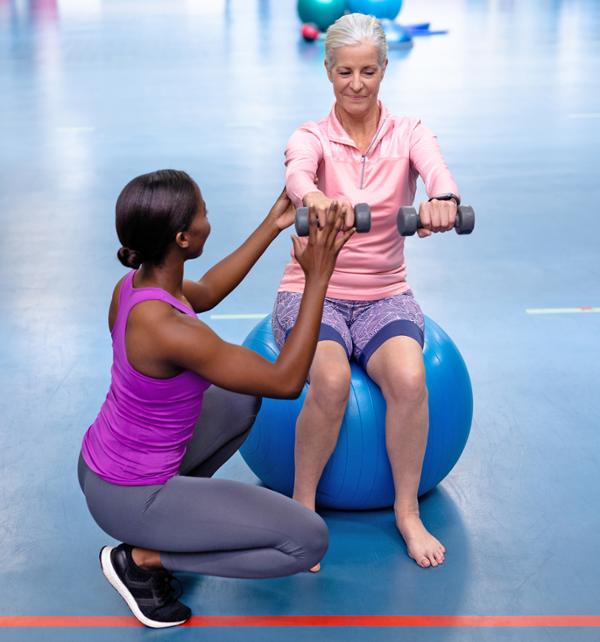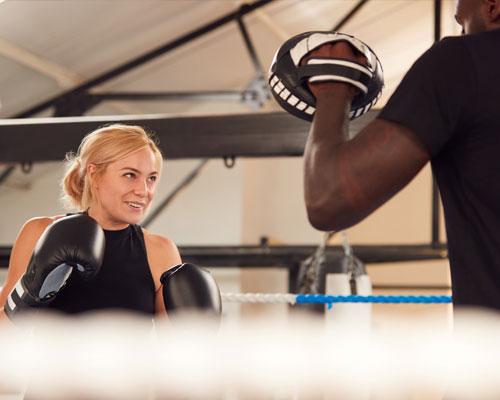features
Growing up
The UK’s care bill is growing and the pandemic has impacted the activity levels of older people which will result in reduced health down the line. It’s time for the sector to step up. David Minton reports…
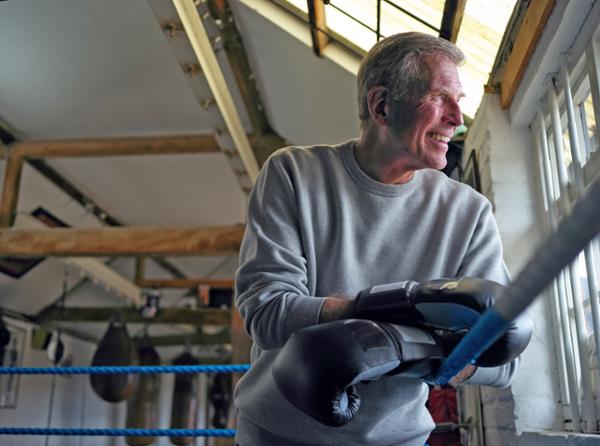
I wrote my first article on active ageing in 2006 and concluded the research was there to build the case for doing more for the ageing population. Unfortunately, the fitness industry hasn’t changed that much since then, but health providers have, meaning we’re not keeping up.
The Kings Fund estimates the UK government spends around £22bn a year on adult social care, on behalf of around 850,000 people who are either living in care homes or being supported to live independently at home. Around 1.5 million people work in the care sector and it’s estimated unpaid caregivers save the state around £10bn a year.
Financially, the care sector is four times larger than the fitness industry and yet it’s generally ignored by the sector in spite of the fact that social prescribing, care homes and care packages are multi-billion pound opportunities for the fitness industry.
Reduce the care burden
There is an abundance of research showing the older you get the more likely you are to be inactive, but it doesn’t have to be that way. Declining muscle mass is part of ageing, but that doesn’t mean it can’t be stopped. Research presented at the cardiology conference, ESC Congress 2021, from a study of 33,576 patients with an average age of 62, showed it’s never too late to start exercising to reduce the risk of dying from heart disease.
In February 2021, the Department of Health and Social Care published the White Paper, Integration and Innovation: working together to improve health and social care for all. This outlined plans to focus on improving lifestyle in older people, to reduce the burden of ill health. The government has yet to announce the details of how these new funds will be allocated, but the potential savings are becoming obvious.
The UK National Institute for Health and Care Excellence has stated that if people lose weight, drink less alcohol and become more active it could save up to £3bn a year on the care budget.
If the fitness industry grew its membership base from the current 1 per cent to 15 per cent of members aged over 65, it would double the value and size of the industry. It would also become a major partner in local care provision. Are training providers ready to upskill the workforce to optimise this generational gold mine, at the point where health and activity merge?
Training staff
With more than 15 million people living with at least one long-term health condition, social prescribing presents a huge opportunity for the industry and Active IQ’s Level 3 Diploma in working with clients with long-term conditions – devised in partnership with Nuffield Health – brings the latest thinking and current best practice into this new qualification. It’s good to see PTs will have a more advanced set of skills and deeper understanding to support this growing client group.
New partnerships and qualifications will also help move the national conversation on following the pandemic. Some of the most important conversations the industry needs to be having are around how we can age better and how we can liberate the fitness industry from its ageism.
Octogenarian triathletes
Some sports, such as triathlon, are organised by age group categories in five-year age bands up to 80+ and divided by gender. Hiromu Inada from Chiba prefecture in Japan became the oldest finisher of the Ironman World Championship at the age of 85 and at 87 years of age, he won a Guinness World Record for being the oldest person to compete. Marie Dorothy Buder is the female oldest finisher aged 82.
Edwina Brockleby became the oldest British woman to complete an Ironman triathlon aged 74. She’s also the founder of Silverfit, a charity dedicated to the promotion of the healthy benefits of physical activity for older people.
Sport England distributes up to £10m of National Lottery money supporting projects encouraging inactive older people to move a little more each day. The aim of Ramblers Walking for Health, for example, is for everyone to have access to short, free and friendly healthy walks to help people become and stay more active. Oomph! – one of 20 funded projects – is a wellbeing business for older adults, providing training for care home staff in delivering exercise, activity classes and healthy movement.
Healthy movement
Analysts at Fitt Insider estimate ‘healthy movement’ is a trillion dollar business, around 10 times bigger than fitness and so prioritising healthy, balanced movement has become the focus of both the largest companies in the world and countless start ups.
Amazon has introduced Movement Health as a new feature on HALO, its wrist-worn health and activity tracker. This combines artificial intelligence, computer vision and machine learning to produce personalised programming of everyday movements we mostly take for granted and do without thinking.
Ageing is now the predominant cause of disease worldwide and yet it remains poorly understood. The Institute of Healthy Ageing at University College London is the centre of excellence for research on the biology of ageing and ageing-related diseases – one of the most important challenges in biomedical research today.
Harvard Health and the American Society for Bone and Mineral Research have worked with fitness suppliers, Keiser and Power Plate, to publish a considerable amount of research on older adult fitness, including fall prevention, increasing bone density, preventing and controlling osteoporosis and increasing strength and muscle mass, to name a few, so our knowledge is increasing.
The NHS encourages some type of physical activity every day and the more you do, the better. However, these guidelines – along with the retirement age of 66 in the UK – perpetuate the myth that 65 is old, when it’s not. Like me, the majority of my fellow Boomers are still working and staying active. In 10 years’ time, 27 per cent of the UK population will be aged 70 plus. It’s never too late to start exercising and for many, 70 will be the new 60 and 60 the new 50.
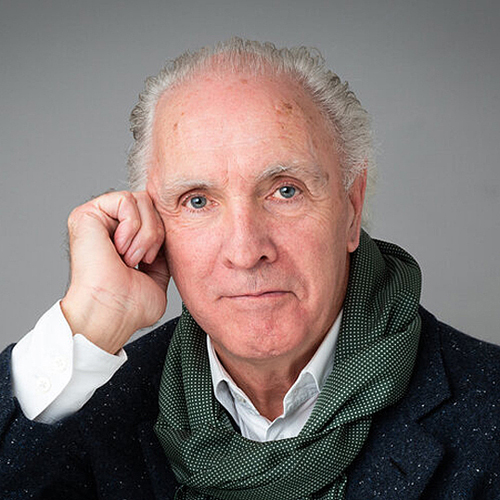
"Financially, the care sector is four times larger than the fitness industry and yet it’s generally ignored by the sector" – David Minton
Ensure strength training is part of your offering for older people. A recent study has found that older women who engaged in 12 weeks of high speed bodyweight resistance training saw amazing improvements, from improving power to reducing their risk of falls.
Ageing adults who incorporate high-speed resistance training can improve their functional capacity to perform daily tasks.

Focusing on ability rather than age in both the delivery and marketing of activities – as well as making exercise easy, accessible and social – in order to incentivise people to take part with friends, was a key takeaway of UK Active’s report, published in June 2021. Based on evidence gathered by the UK Active Research Institute, Life In Our Years is the most comprehensive consultation ever undertaken for the over-55s. More than 100 adults – aged 55 to 90 years of age – took part in focus groups, where they were asked what would incentivise them to exercise more in the nation’s health and fitness facilities.
Only 54 per cent of adults over the age of 55 complete the World Health Organization’s recommended 150 minutes of moderate intensity physical activity per week, with just over a third (34 per cent) doing less than 30 minutes a week, which classifies them as ‘inactive’.
Sport England’s latest Active Lives Survey bears out this trend, showing that the number of adults aged 55 to 74 achieving the recommended activity levels fell by 1.3 per cent between November 2019 and November 2020, while those aged 75 and over were logged as having a decrease in activity levels of 2.9 per cent.
UK Active chief executive, Huw Edwards, says in the wake of the pandemic it is time for the sector to grasp the opportunity to improve our offering to those aged over 55, arguing that fitness and leisure facilities have an essential role to play in reducing the burden on health systems.
The main themes to emerge from the research were the importance of accessibility, atmosphere, social interaction, workforce engagement, promotion, the categorisation of programmes and class offerings and long-term physical health support following the pandemic.
Based on these six themes, nine recommendations have been made to enable operators to improve participation levels among older adults and improve their health and wellbeing.
1. Make activity easy and accessible and hone your offer through customer feedback.
2. Focus on strength training as early as possible to enable people to maintain their independence.
3. Build an inclusive and welcoming atmosphere to foster a sense of community, which will increase the likelihood of repeat usage.
4. Make activity more social.
5. Prepare the workforce to support health needs specific to older people: developing communication skills and knowledge of common health conditions.
6. Categorise activities by ability or intensity, not age.
7. Make communication and promotion clear to help build consumer confidence and enable people to make informed activity decisions.
8. Consider the changed physical and mental health needs of older adults following COVID.
9. Build an evidence base to understand the impact the sector is having on older adults’ health, to attract investment into the sector.
10. Continue a digital-hybrid approach.
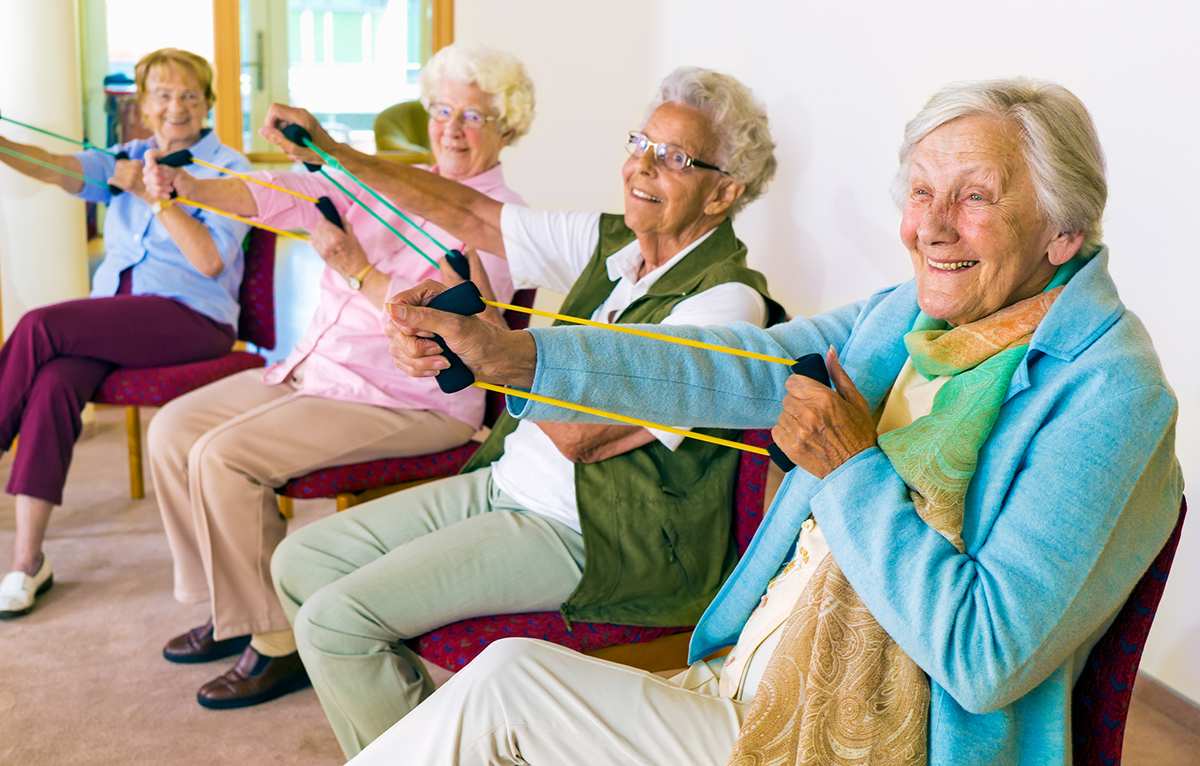
Life In Our Years has been published by UK Active in partnership with Egym.
Download a copy here: www.HCMmag.com/lifeinouryears

